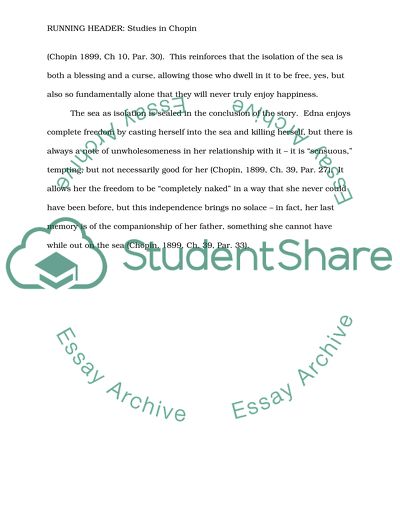Cite this document
(“Chopins The Awakening Essay Example | Topics and Well Written Essays - 3000 words”, n.d.)
Retrieved from https://studentshare.org/literature/1401275-chopins-the-awakening
Retrieved from https://studentshare.org/literature/1401275-chopins-the-awakening
(Chopins The Awakening Essay Example | Topics and Well Written Essays - 3000 Words)
https://studentshare.org/literature/1401275-chopins-the-awakening.
https://studentshare.org/literature/1401275-chopins-the-awakening.
“Chopins The Awakening Essay Example | Topics and Well Written Essays - 3000 Words”, n.d. https://studentshare.org/literature/1401275-chopins-the-awakening.


